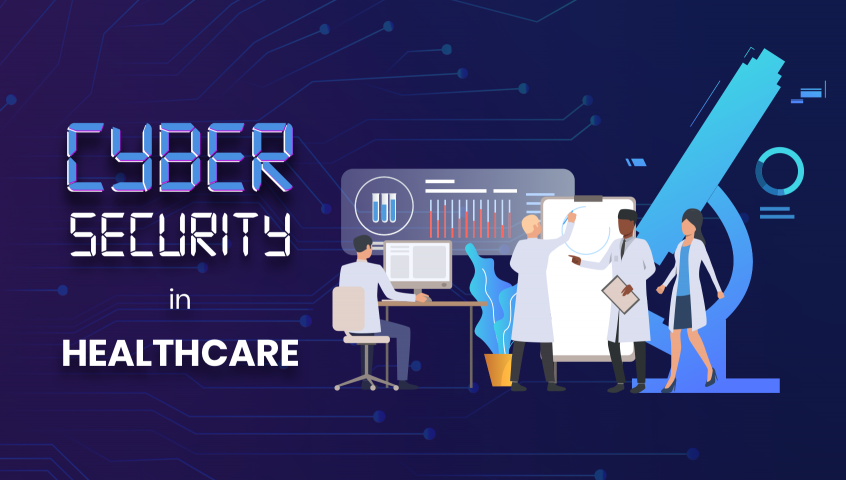Cybersecurity for Healthcare: A CISO’s Guide to Protecting Sensitive Data
The healthcare sector faces unparalleled challenges in cybersecurity, with the dual responsibility of protecting highly sensitive patient data and ensuring compliance with stringent healthcare regulations. For Chief Information Security Officers (CISOs) navigating this landscape, the stakes are exceptionally high. A breach not only risks patients’ privacy but can also erode trust in healthcare institutions and result in significant regulatory penalties. This article provides a comprehensive roadmap for CISOs in the healthcare sector to bolster their cybersecurity posture, safeguard sensitive data, and meet regulatory demands effectively.
Healthcare data is a prime target for cybercriminals due to its sensitive nature and the wealth of personal information it contains. The digitization of health records and the increasing connectivity of healthcare devices have further expanded the attack surface. Additionally, the healthcare sector must comply with regulations such as the Health Insurance Portability and Accountability Act (HIPAA) in the U.S., which sets strict standards for the protection and handling of Protected Health Information (PHI).
Regular risk assessments are foundational to any robust cybersecurity strategy. For healthcare organizations, this means evaluating not just IT infrastructure but also medical devices and third-party services for vulnerabilities that could expose PHI. Identifying potential threats and vulnerabilities allows for targeted improvements in security posture.
Access to sensitive health data should be strictly controlled using the principle of least privilege—ensuring individuals have access only to the data necessary for their role. Techniques such as multi-factor authentication (MFA), role-based access controls, and regular reviews of access permissions are critical in minimizing the risk of data breaches.
Encrypting PHI, both in transit across networks and at rest in storage, adds a crucial layer of protection. Even in the event of a data breach, encryption can render the data unreadable and unusable to unauthorized individuals.
An effective incident response plan is vital for quickly containing and mitigating the damage from a cybersecurity incident. Regularly testing this plan through drills and simulations ensures that the response team can act swiftly and efficiently in a real-world scenario.
Human error remains one of the biggest cybersecurity risks. Regular training programs for all staff on recognizing phishing attempts, safe internet practices, and the importance of data privacy can significantly reduce this risk. Encouraging a culture where staff feel comfortable reporting potential security incidents is also crucial.
Compliance with healthcare regulations such as HIPAA is non-negotiable. This involves not only protecting patient data but also ensuring proper consent procedures are in place for its use and sharing. Regular audits and staying updated on changes in legislation will help maintain compliance.
Emerging technologies such as AI and machine learning can provide advanced threat detection capabilities, identifying and responding to potential threats more quickly than traditional methods. Similarly, blockchain technology can offer a secure and immutable way to store health records.
For CISOs in the healthcare sector, protecting sensitive patient data requires a multi-faceted approach that balances advanced technical measures with strong policies and a culture of cybersecurity awareness. By implementing these strategies, healthcare organizations can not only protect against cyber threats but also ensure compliance with healthcare regulations, ultimately safeguarding both their patients and their reputation. In the rapidly evolving cybersecurity landscape, staying proactive and informed is key to staying secure.
